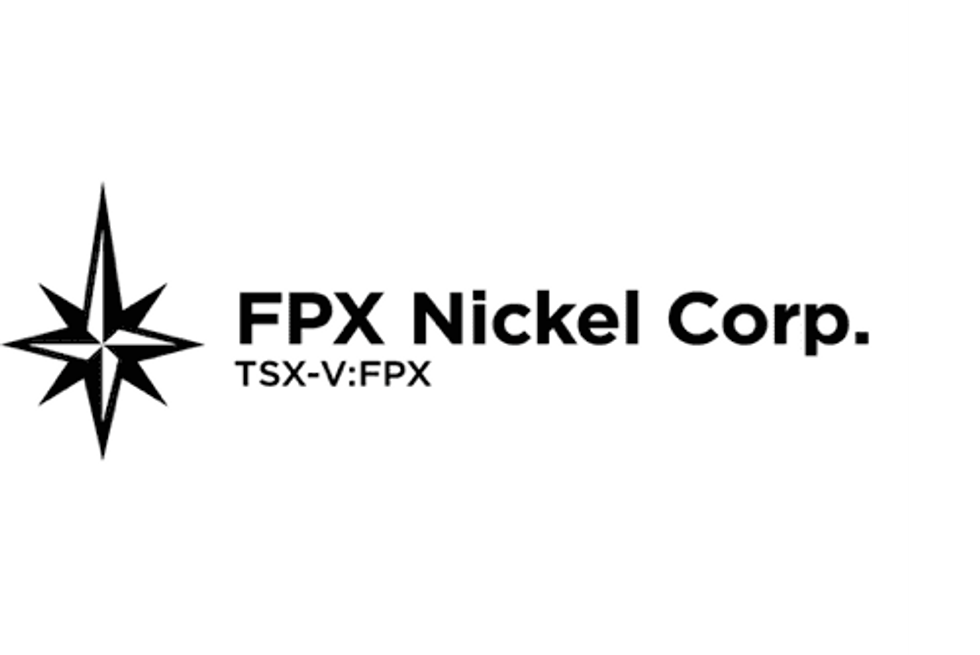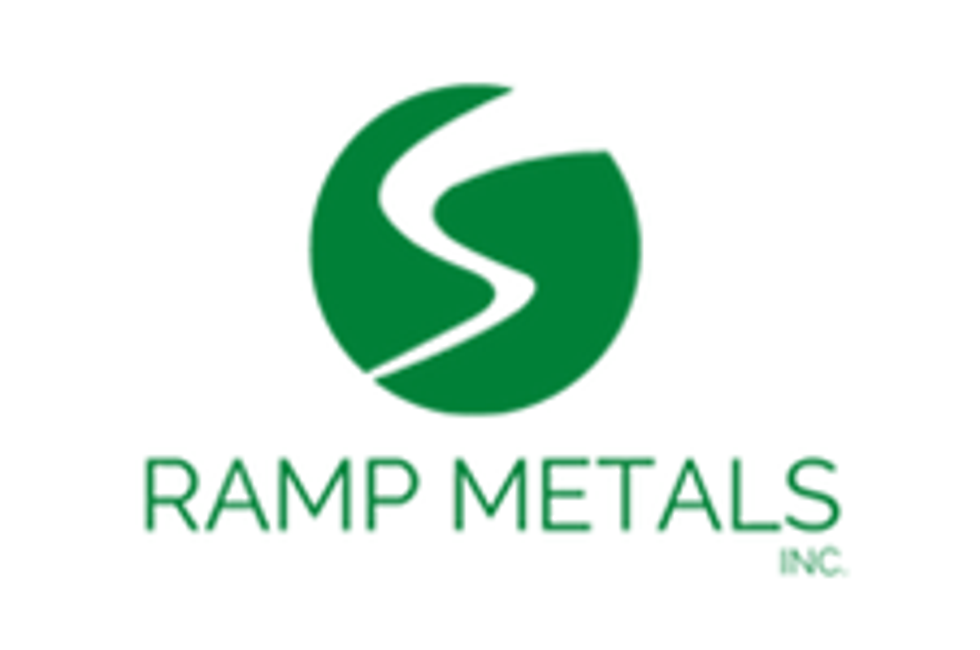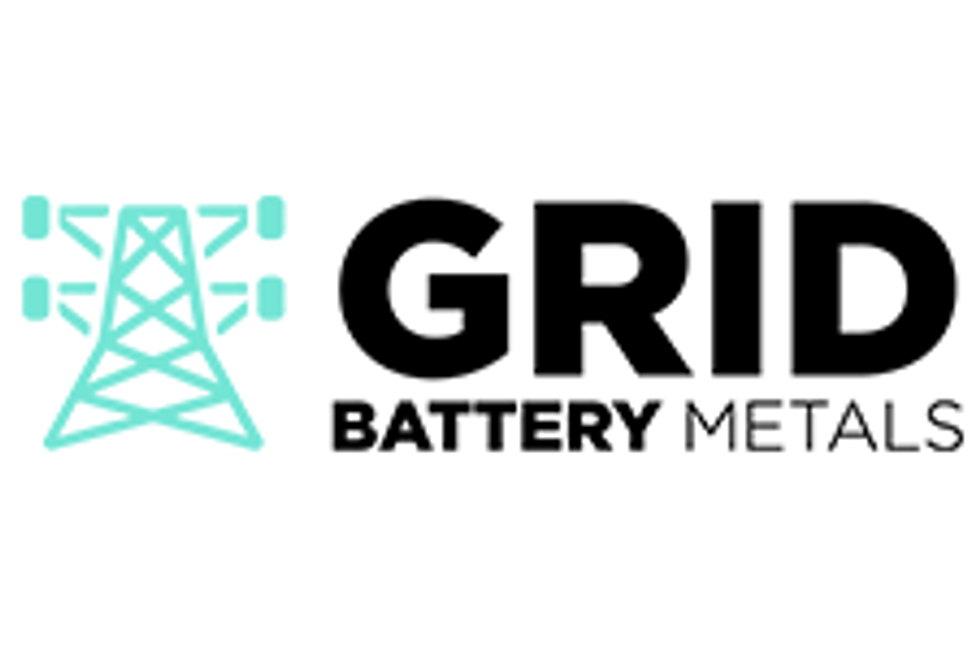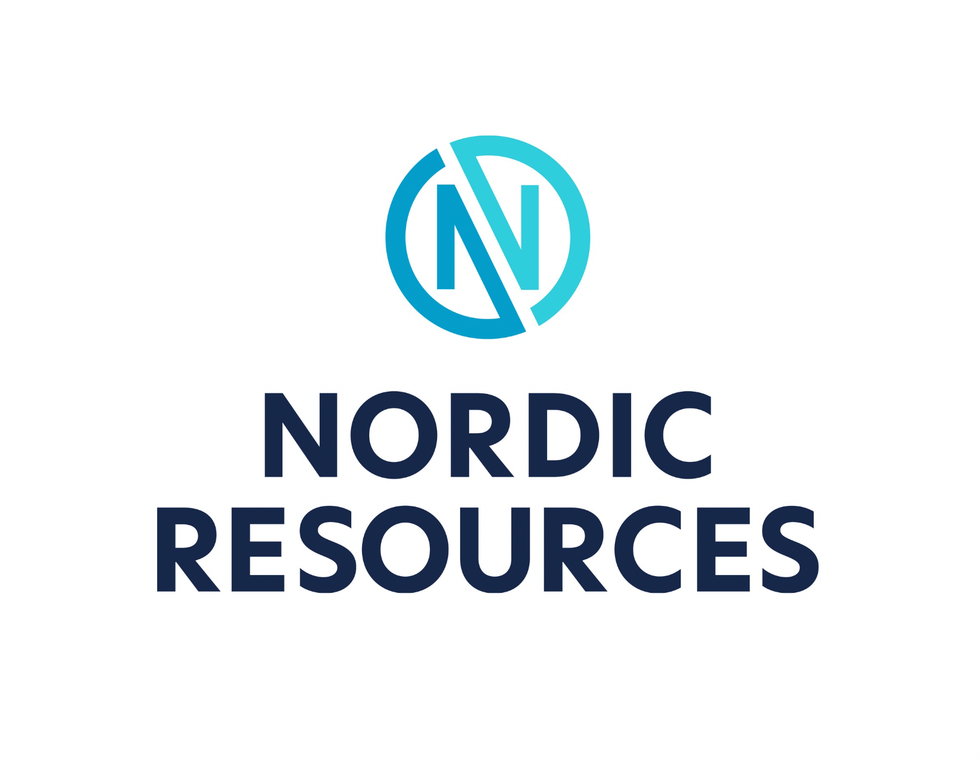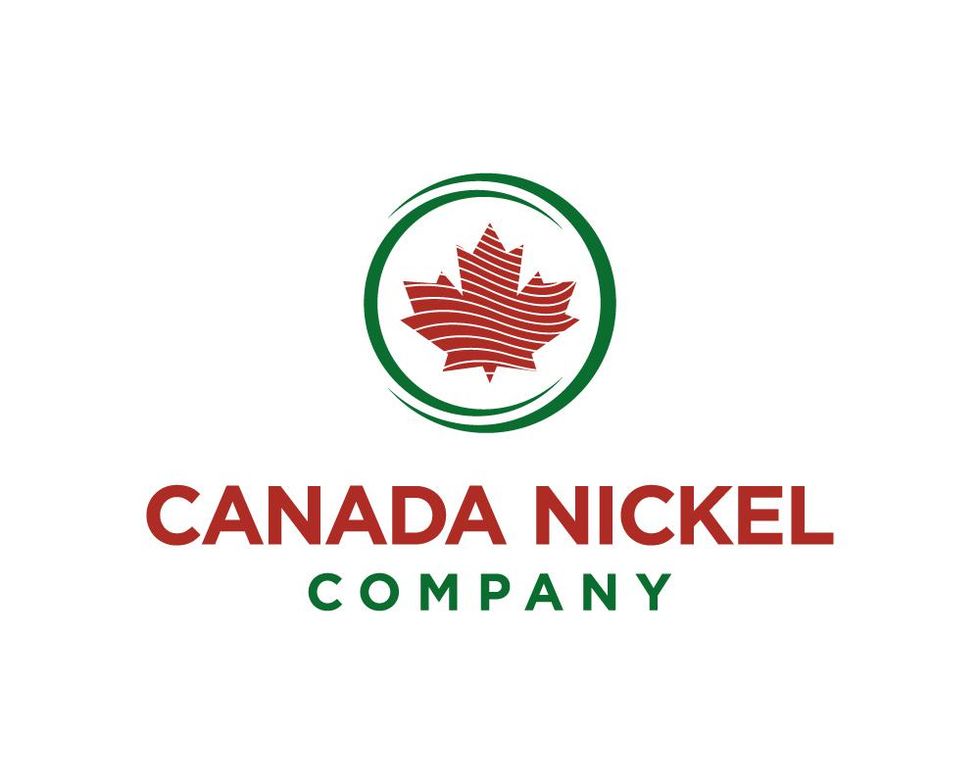The Conversation (0)
FT: Vale Seeking Partnership for New Caledonia Nickel Unit
Oct. 17, 2017 02:05PM PST
Base Metals Investing 
Vale New Caledonia includes the nickel-cobalt Goro mine, which has faced technical challenges and has failed to bring in cash.
Vale (NYSE:VALE) is working with Scotiabank to sell a stake in Vale New Caledonia, according to the Financial Times.
The move is part of a bid by Chief Executive Fabio Schvartsman to reduce debt and review the company’s underperforming assets. The Brazilian miner has reportedly been in talks with Chinese firms including GEM Co., which offers cobalt and nickel powders used in battery production.
The future of Vale New Caledonia has been in question since July, when company spokesman Cory McPhee confirmed that the operation was under review.
He noted that low nickel prices of around $9,000 a tonne had forced the company to “reassess all areas of the nickel business,” including its New Caledonia operation. Currently LME nickel prices are well above $11,000; however, they are still over 50 percent lower than they were in 2011.
Vale New Caledonia consists of the nickel-cobalt open-pit Goro mine, a processing plant and the Prony port. The Goro mine produced 34,000 tonnes of nickel in 2016, but it has faced technical challenges and has struggled to make a profit.
Despite recent struggles, the outlook for nickel is bright. Demand for the metal is expected to rise as electric vehicles (EVs) become more commonplace and fossil fuel-burning cars are gradually phased out. In fact, the Financial Times says it’s possible that nickel-manganese-cobalt (NMC) batteries will become the industry standard for EVs as they allow the cars to operate longer on a single charge.
In addition, some Asian battery manufacturers are looking at cutting costs by using more nickel and less cobalt in lithium-ion batteries. Over the summer, Korean firm SK Innovation (KRX:096770) began commercial production of mid- and large-sized lithium-ion batteries composed of 80 percent nickel, 10 percent cobalt and 10 percent manganese. That’s compared to the typical lithium-ion battery ratio of 60 percent nickel, 20 percent cobalt and 20 percent manganese.
UBS (NYSE:UBS) predicts that battery demand could translate into an additional 300,000 to 900,000 tonnes per annum of incremental nickel demand by 2025.
Don’t forget to follow us @INN_Resource for real-time news updates!
Securities Disclosure: I, Melissa Shaw, hold no direct investment interest in any company mentioned in this article.
